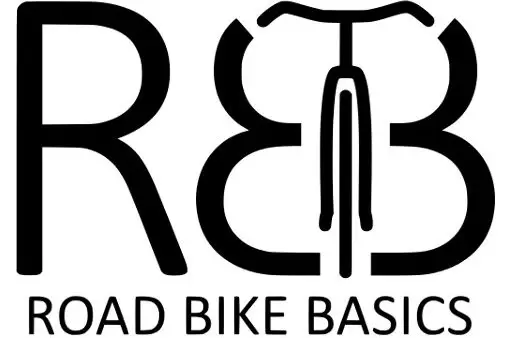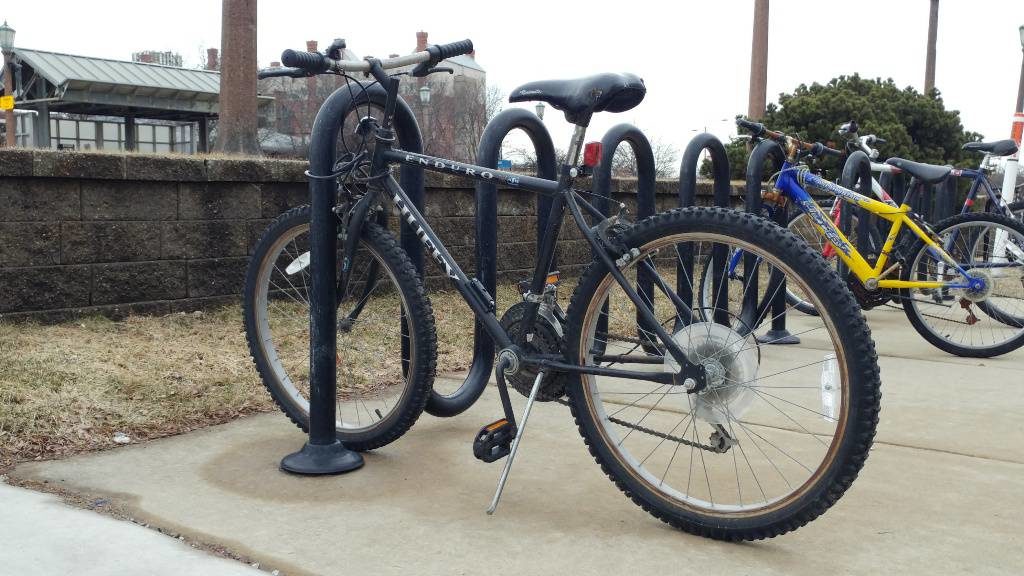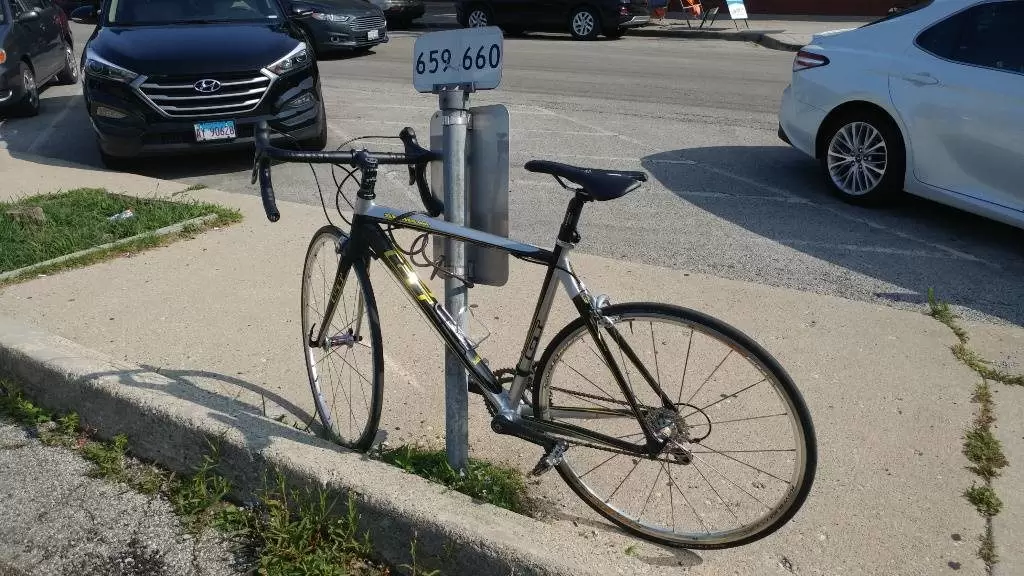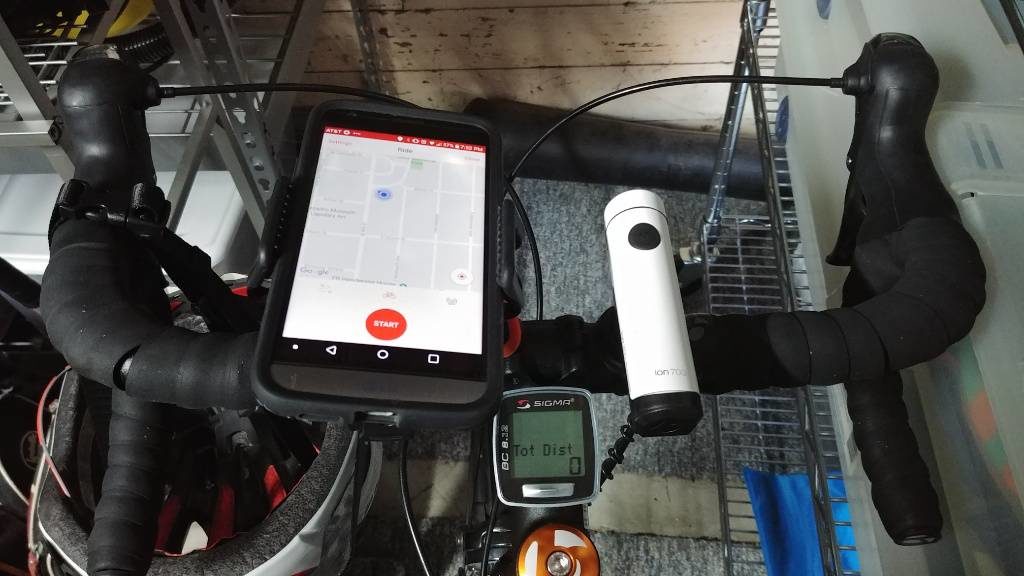Like many others, I have invested quite a bit of time learning how to leave my bike so it doesn’t fall over while I’m gone. Now, every time I see someone pop out a kickstand, and walk off without worrying one bit about their bike falling over, it makes me wonder why road bikes don’t have them. Here’s what I’ve learned after doing some research.
Kickstands aren’t as useful to or wanted by cyclists on road bikes. So, while they have their place on mountain or touring bikes, manufacturers don’t bother putting them on road bikes.
In the rest of this post, I’ll go more
What a kickstand is good for
A kickstand’s sole purpose is to hold a bike upright while you aren’t riding it. This is most useful when it can’t be supported some other way.
The one situation that comes to mind where kickstands really shine, is while riding a touring bike with heavy packs on it and you don’t want to lay it down but also don’t have anything nearby to lean it against.
A less shiny use is having the freedom to put your bike basically anywhere. Even if you still need to lock it up.
The problem is that my bike is either being ridden or it is being stored in my garage, and sometimes it’s locked to a bike rack. That makes the kickstand a solution to a non-problem.
Lightweight road bikes are easy to knock over
A bike falling sideways onto its derailleur can cause enough damage to immobilize your bike. A bike that weighs 27 pounds is already easy enough to accidentally knock over. A road bike that only weighs 18 pounds makes it that much easier.
There’s no way to predict which way the wind may blow, or how someone will accidentally bump into your bike. So, while a decent solution, kickstands were never perfect.
If you are locking your bike up anyway, this is another non-issue. If done properly, the lock can keep your bike from falling too far to one side, and you usually tie is to a pole or rack that keeps it from falling the other way.
Kickstands get caught on things
This one is a bit more personal, but, a few months ago, I tried to right a random fallen bike. It was locked to a pole and the kickstand was extended on the pole side.
Try as I might, I couldn’t get the bike to stand up without immediately falling over. Even though the rider had the lock and a kickstand, they had set it up in such a way that it was impossible to stand up the bike.
The kickstand kept getting caught on the pole, and I eventually, very sadly, left the bike on the ground. It was more effort than it was worth. The kickstand just kept getting in the way.

Kickstands add weight
You can tell how much someone is into road biking by how much they talk about how light their bike is. So, the mere thought of adding some extra metal to their bike is too heavy for them.
By all means, a kickstand doesn’t add very much weight to a bike. They even make some out of carbon fiber or lightweight alloy metals. The problem is that they aren’t useful weight.
Very few cyclists will be willing to add something to their bike if it doesn’t help them improve something about their ride. So, with so few cyclists wanting kickstands, manufacturers couldn’t be bothered to include them.
Also, if you really want to weigh your bike, there are two ways I would suggest. The first is using a bathroom scale to measure your weight and then the weight of you while you hold your bike. Subtract the difference, and that is how much your bike weighs. It’s difficult to balance your bike itself on the scale, so that is why I suggest holding it. The other way is to use a luggage scale from Amazon. There are other scales out there, but luggage scales tend to be cheap and easy to use.
Thanks for being here!
I make content that empowers people to enjoy riding their bikes.
Are you interested in learning more about that?
Kickstands increase drag (wind resistance)
Along with weight, drag is one of the most important things to reduce as a serious cyclist. A little less drag while you ride can make all the difference when you would otherwise be equally matched against someone else.
For the rest of us, though, drag isn’t a huge issue. As a more amateur road cyclist, the amount of effort that I could spend reducing my drag just isn’t worth the gains it would give me.
Just like with weight, kickstands aren’t going to add much drag to your bike. So, if you aren’t going to use it very much, why let it slow you down at all.
Road cyclists like minimalism
Minimalism pairs well with reducing the weight and drag. The most high-end road bikes have fewer or more lightweight versions of components than low-end bikes. Some bike
It is kind of nice being able to take your bike and make it look a bit more sleek and “pro”. Keeping just enough on it to get you home if something goes wrong is an art.
In the world of minimalist cyclists, a kickstand just doesn’t spark any joy. So, they don’t have one.
Kickstands can weaken your frame
I only found this reason brought up once, but I do think that it is worth mentioning. The fear is that, when a kickstand is welded or bolted on, it can reduce the strength of the frame where it is attached.
Regardless of whether this is true or relevant, it highlights the fact that people are scared of things that they’ve been told might hurt something they care about. When faced with fear and minimal advantage, we are willing to play it safe and avoid the kickstand.
There are many ways to prop up your bike
From leaning the frame against a pole to leaning the back wheel against a wall, using a kickstand is just one of the many ways to keep your bike from falling over.
A kickstand is great for when you want to park your bike out in the open, but, with so many options to choose from, not having one won’t make a huge difference in you life.
If you are worried about leaning your bike against something while you are at home, you can also get a home bike rack from Amazon. There are two main variations, hanging, and leaning. Hanging racks are great for saving space and leaning racks are great for ease of use, especially for kids who cant lift their bikes up very far.
What to do if you still want a kickstand
You shouldn’t let other people’s opinions stop you from having a kickstand. You know the kinds of scenarios you ride, and you can do whatever you want to your own bike.
You can quickly and easily install an aftermarket kickstand on a road bike. There are plenty of options out there, but people seem to really like this one on Amazon. If you think yours will get extra abused, this one on Amazon seems a bit more heavy duty, but you may need to add material to get it to fit (Check the reviews).
I used to recommend a kickstand called “The UpStand”, but I could see in my Amazon affiliate analytics that it was getting returned relatively often. I checked the reviews and it was way less sturdy than the company let on. Plus it’s way more expensive that the others
I hope that now you understand why kickstands aren’t included on road bikes and that you can confidently decide whether or not you want to put one on yours.
Here are some hand



